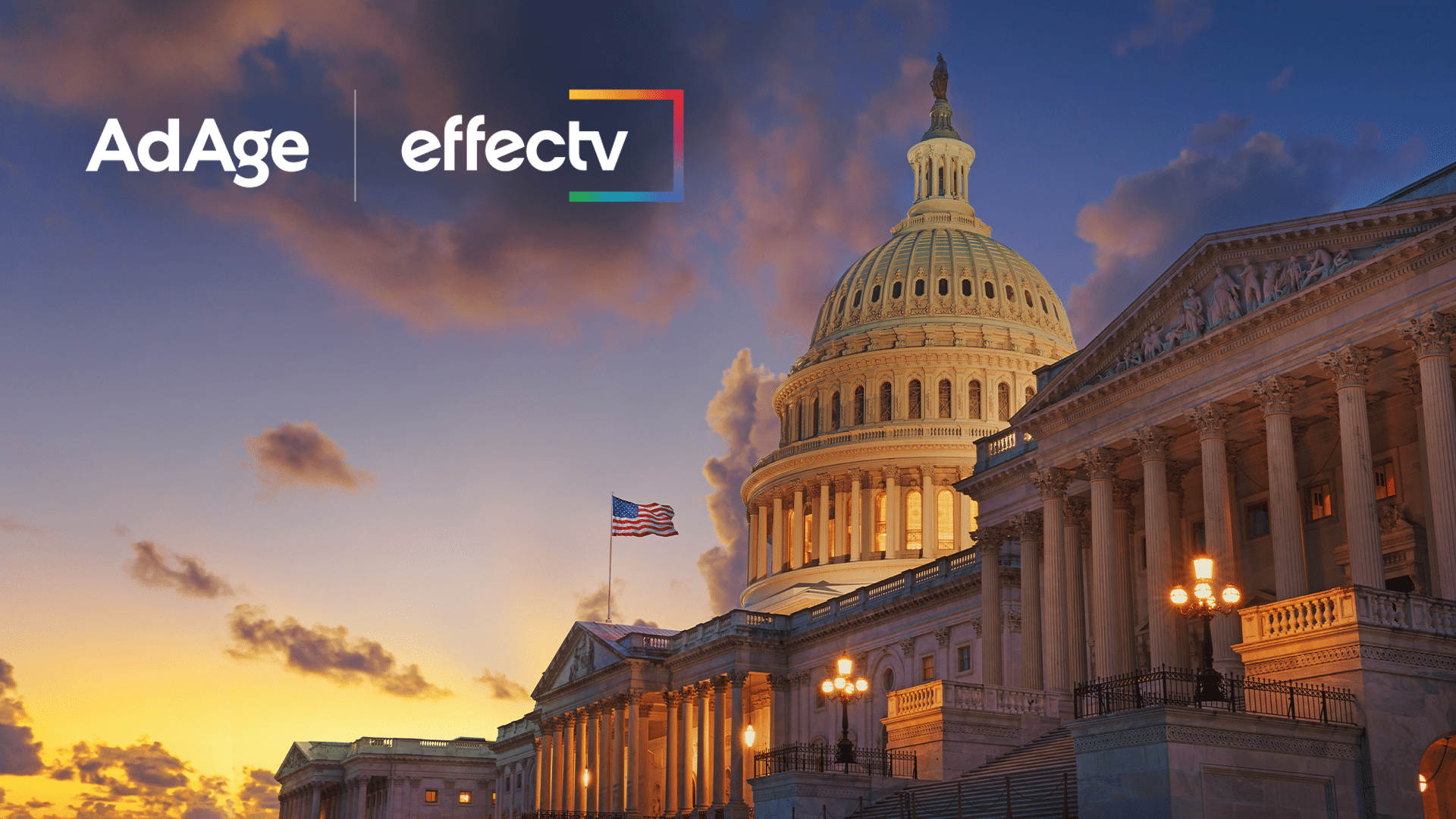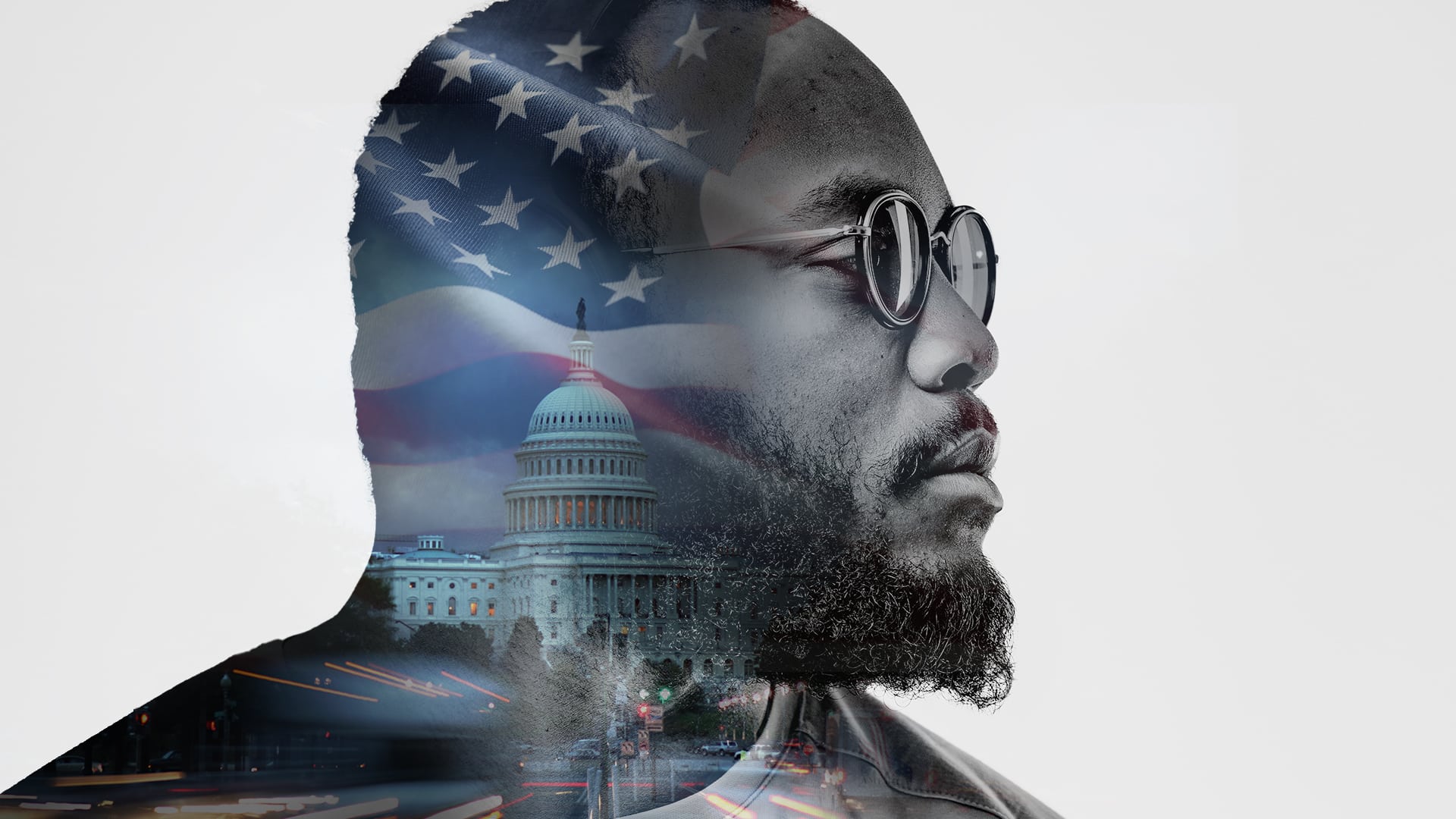Why Addressable TV Should Be the First Step in Your 2026 Media Plan
As we move into the second half of 2025, advertisers are facing a familiar challenge: how to make the most of remaining budgets while laying the groundwork for a strong start to 2026. In this environment, addressable TV advertising isn’t just a smart addition – it’s a strategic imperative.
What Political Advertisers Can Learn from the 2024 Election to Reach Voters
According to recent reports, political ad spend continues its upward trajectory with the 2024 election cycle seeing the most spend in any cycle to date – hitting a record-breaking $11 billion.
Harnessing Addressable TV Advertising to Reach "Digital-First" Gen Z
With disposable income topping $950 billion – more than double what it was a few years ago – Gen Z is an audience not to be ignored. And while they have a smorgasbord of media options to choose from, this “digital-first” generation still regularly engage with TV.
Reaching the Light TV Viewer
In the early days of addressable TV advertising, it was best known as a tactic for niche advertisers to reach precise audiences. If national TV delivered too much waste against a narrow target, addressable TV advertising offered a new solution.
Why Streaming Isn’t Enough to Reach Voters in a Cross-Screen World
The race to November is in its final stretch and it’s more important than ever for political advertisers to be able to reach potential voters. According to AdImpact, the overall 2023-2024 election cycle is predicted to be the most expensive to date, with over $10 billion projected in ad spend.
Breaking Through the Noise: Advertising during an Election Year as Non-Political Brand
The 2024 political advertising season is shaping up to be the most expensive in history. And with so many political ad dollars in play, non-political brands may find it more difficult to stand out in a loud political climate.
The Auto Industry Has Changed; Your Advertising Strategies Should Too
The automotive industry is experiencing a full-blown transformation, resulting in major disruption to the standard ways of business. New tech platforms are empowering consumers with alternative ways to navigate the car buying process and allowing them to do it on their own terms.
Four Ways Political Advertisers Should Be Using Addressable TV Advertising in 2024
Political advertisers face a range of challenges and opportunities in the upcoming elections. As consumers continue to fragment their viewing across screens, concerns about fraud, transparency, and accurate attribution abound, making it harder to reach—and measure the reach of—the voters needed to secure a win.
Why John Wanamaker is Still Right About What's Wrong with Marketing
Marketers have always struggled to understand the true ROI of their advertising campaigns. In fact, John Wanamaker’s poignant quote from the early 1900s, “Half the money I spend on advertising is wasted; the trouble is I don’t know which half,” is just as relevant today as it was then.
“Go Addressable” Event Celebrates the Pace of Addressable Advertising Adoption, Scale
Advertising industry leaders from across the ecosystem convened in New York City for Go Addressable, an event aimed at continuing efforts to advance addressable television.









